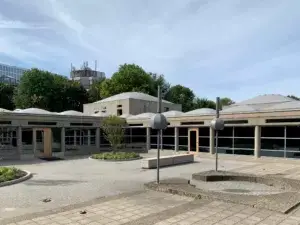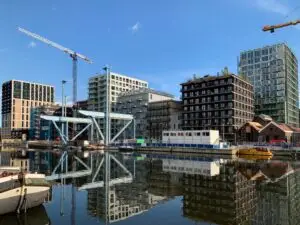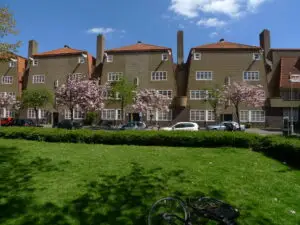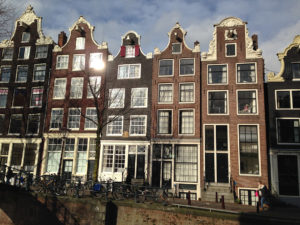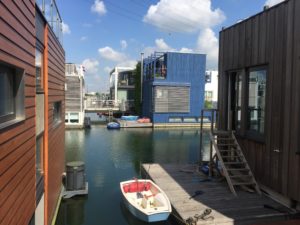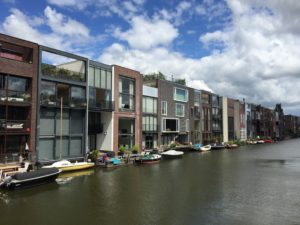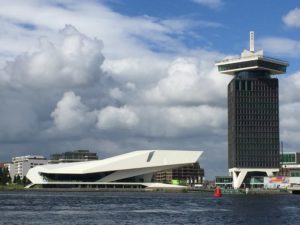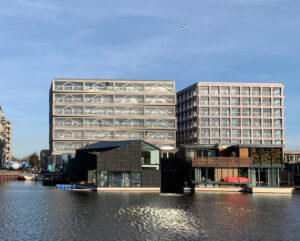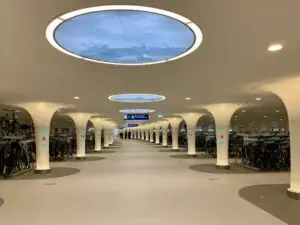Water Management in North Holland
- Amsterdam
- Duration: 3–4 hours
- Date and time to be defined
- max. 25 participants per guide
- by bus
- Contact us for a quote
“God created the world, but the Dutch created their own country”, goes a well known saying. In fact, the Dutch have been shaping their country for nearly a millennium, fighting against the water, but also learning to live with it. Large parts of the Netherlands were once covered by water. Starting in the 16th century, the Dutch reclaimed lakes with the help of windmills, built dykes and created artificial land. But despite such land reclamation projects, most Dutch people were still continuously surrounded by water and had to find ways to live with it. A good example is the island of Marken, located in the former Zuiderzee. As picturesque as it might appear today, its inhabitants struggled with floodings for centuries — until the Zuiderzee became lake IJsselmeer in 1932.
Let us take you on a tour to the North of Holland, starting in Amsterdam. We’ll show you the very first polder created with the help of windmills, explain about land reclamation in the Golden Age, challenges over the centuries and current approaches to water management.
Tour Highlights: Water Management in North Holland
Beemster: the first polder created with windmills. Explanations about the project history and design of the polder
Schermer: state-of-the-art polder from the Golden Age. Visit to the museum windmill
- Marken: former fishermen’s island in lake IJsselmeer. Explanations about the history of the island and local architectural styles, future challenges related to water management and climate change

